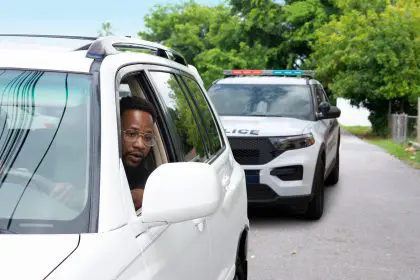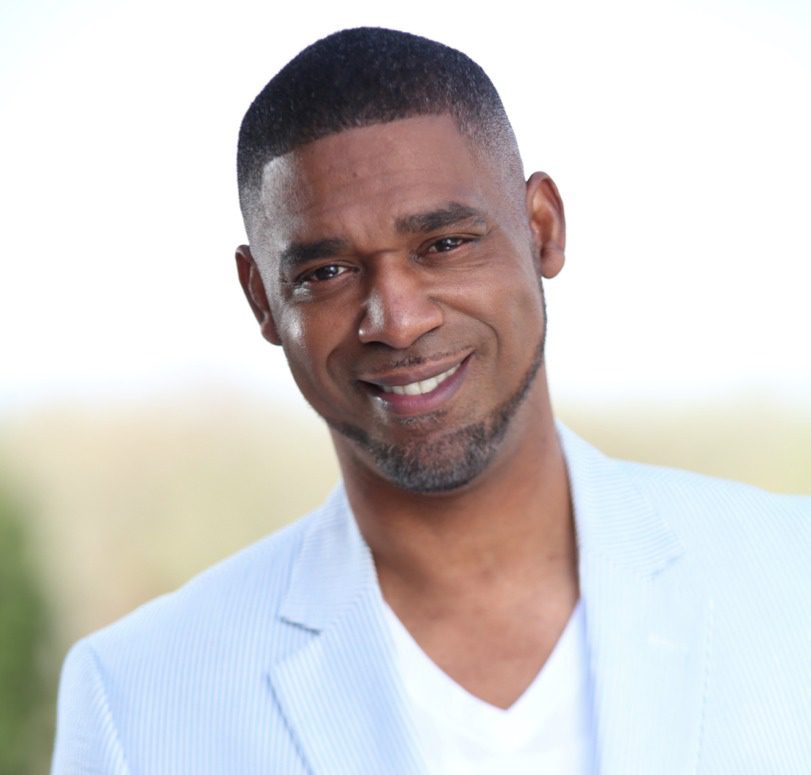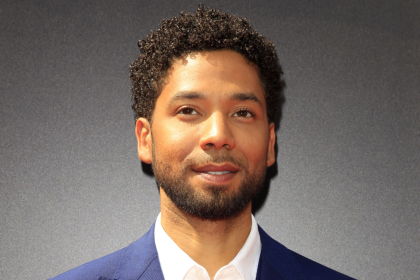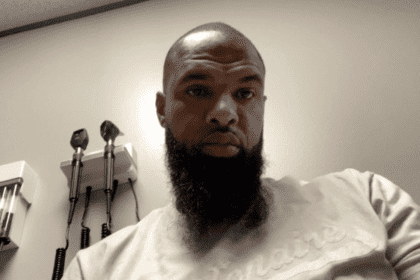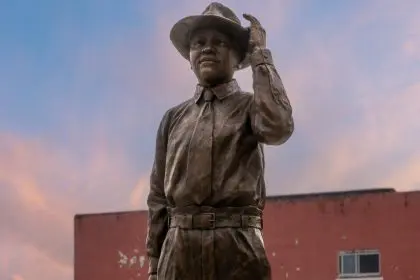
Dr. Sampson Davis understands the tribulations that occur with black youth in the inner city. At the age of 17, Dr. Davis was convicted of armed robbery. After receiving a suspended sentence, Dr. Davis decided to change his life and entered a pact with two other friends from his neighborhood.
He eventually went to college, graduated medical school and became a doctor along with his other childhood friends, Dr. Rameck Hunt and Dr. George Jenkins. The three eventually published three books together, including the bestseller The Pact.
Dr. Davis returns with his first solo book, Living and Dying in Brick City: An E.R. Doctor Returns Home.
He recently spoke with rolling out about the issues and stories that are covered in the book.
There are several stories in the book that act as cautionary tales. Can you describe one that offers an example of the importance of good decision making?
The book opens with a scene of me and a friend running back into each other in an odd way. In each city, there is a trauma hospital. I worked in the unit. My first day, I see a name on the board and the name is, Don Mosses. Under the name it says “Deceased.” I reflect back and wonder if it was the same Don Mosses I knew from childhood. Don and I used to hang and drink 40 ounce beers together. We committed an armed robbery when I was 17 1/2. I say 17 1/2 because my life would’ve been different if I was 18. We got caught. Don was an adult and taken to adult facilities, I was taken to juvenile. I got probation and was sentenced to two years probation. Afterwards, I knew I wanted to go to college. Don was sentenced to seven years in prison. I never saw Don again. Twelve years later, I went to intensive care unit and I saw Don’s family. I looked into the room and his body was still there. He was shot several times in the same neighborhood. There were so many mixed emotions. I realized how important it was to make the right decision.
Why is this book so relatable?
The good part about the book is that it has stories that most can relate to. And at the end of each chapter, there are guidelines to the medical issues in the chapter. It’s not a medical book, but it details stories that can be true to you and your family. My hope is that it will spark interest and encourage others to take action. I also share my personal challenges in my life. In the end, I think people will be inspired my book and I think it will lead to change.
What have you learned most about the process of writing a book?
This is my fourth book overall. I learned a lot this time around. The Pact, a New York Times bestseller, was released 10 years ago. But the industry has changed. With the first book, we put it out and the book company was behind it, media got behind and it sold itself. That has changed. The book company wants more now. There are several stages of editing and resubmitting until they accept the version. Then the book is put out and that’s it. The rest is up to the author to promote and market it. My first book, I had 20 cities for the tour already set up. This time, I have to schedule a lot myself. But I’m doing a lot with social media to help get the word out. The message is so unique and needed that it helps to secure opportunities to talk about it.


